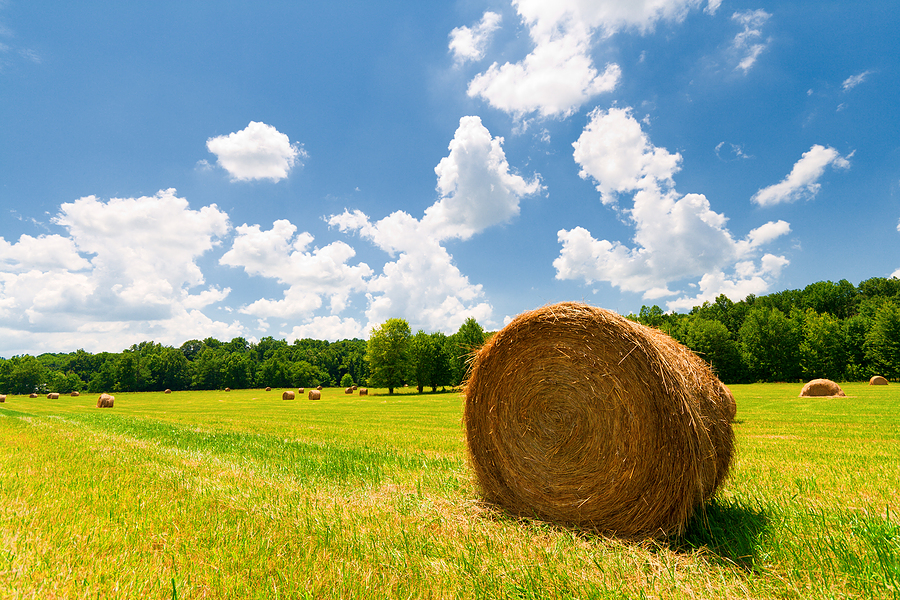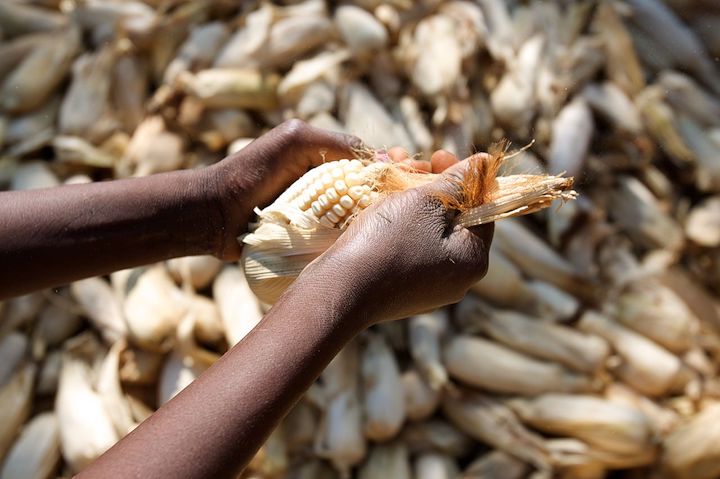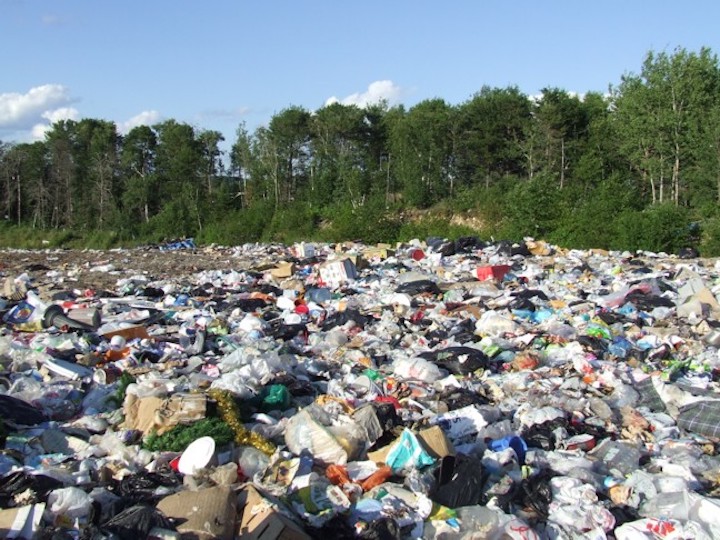
Many of the foods we eat every day — energy bars, canned goods, deli meats and more — were invented not for civilians but for our men and women in uniform. Many food innovations resulted from efforts to make soldiers’ rations taste good and last longer. But just as the U.S. military has influenced the food and beverages we eat, it also may be showing us the way to making sure we don’t waste it.
The military is doing this for myriad reasons. For one thing, those who defend us have openly voiced their concern about the impacts of climate change on national security, calling it a “threat multiplier” which will increase the likelihood of conflict as the earth warms up. And food and beverage waste is a major driver of climate change. Another is the economic — dealing with food and beverage waste is expensive for the military just as it is for businesses. Also, the less the military has to haul out means a more streamlined supply chain that increases the safety and effectiveness of our troops.
Continue reading “How the U.S. military takes on food waste”







